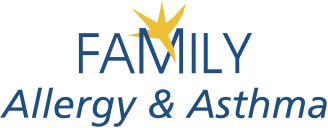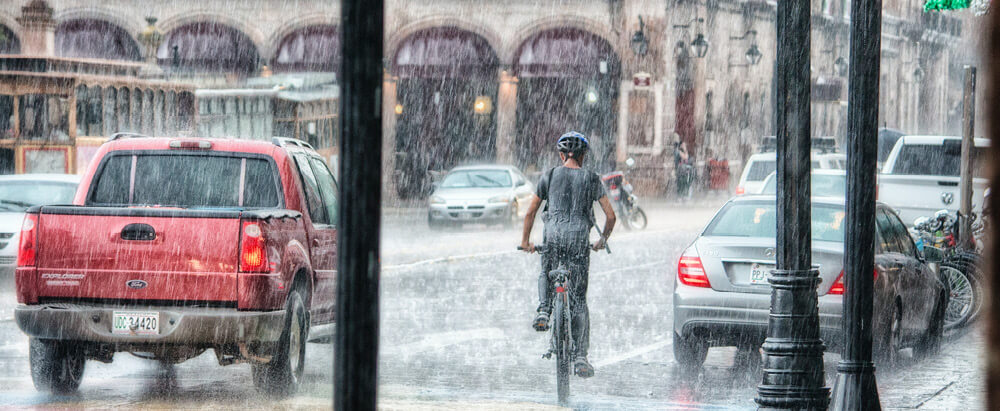Flooding, Mold, and Your Allergies
Mold growth after a flood is harmful to those with mold allergies.
As the floodwaters have started to recede, clean up from the recent flooding has begun across the region. Mold is a common occurrence in damps areas of the home like the basement or a bathroom. After a flood, flooded homes and cars must be dried quickly and cleaned up correctly, or mold can grow. Mold can spread quickly and drive up the mold spore count, making the air in the areas affected unhealthy. This can be especially dangerous to those who are allergic to mold.
There doesn’t have to be a flood for mold to be present, we typically see low counts throughout the year, but during warm, humid days in the summer, we also see moderate to high mold levels.
Mold allergies
There are thousands of species of mold found in the United States. According to the CDC, the most common indoor molds are Cladosporium, Penicillium, Aspergillus, and Alternaria. While everyone breathes in mold spores, those who are sensitive to mold can have allergic reactions when exposed. Unlike pollen, mold can grow year-round anywhere that is warm and damp.
Flooded areas, however, are more likely to grow mold due to the inability to dry out the area in a quick manner. Even when mold looks cleaned up and is no longer visible, it may still be growing.
Symptoms of Mold Allergies
The symptoms of mold allergies you can watch out for are similar to those of other respiratory allergies. Symptoms include:
- Nasal congestion
- A runny nose
- Sneezing
- Irritated eyes
- Coughing
- Wheezing
- Itchy throat
A board-certified allergist will use a patient’s medical and environmental history along with an allergy skin test to diagnose a mold allergy. Mold allergies can also be a trigger for those with asthma.
Treatment of Mold Allergies
When possible, avoiding contact with mold spores is the best way to prevent an allergic reaction. However, when flooding occurs, it may not be possible to avoid contact. Medications can treat the symptoms of an allergic reaction, and allergy shots may be recommended, as they are an effective long-term solution to desensitize you to the allergen. Ultimately, it is important to address the source of the mold growth, control the moisture, and clean up or remediate any mold found.
Indoor areas like a basement, laundry room, bathroom, and the kitchen can be breeding grounds for mold growth due to the nature of being warm damp areas. Managing mold in and around your home is possible by:
- Keeping your house between 30% and 60% humidity can help prevent mold growth.
- Using an exhaust fan to properly vent areas also helps control moisture levels in your home.
- When outdoors, leaves or uncut grass can be leading places for mold growth.
Mold Management after a Flood
If you are involved in cleaning up after a flood, be sure to wear protective equipment, such as gloves to protect your skin, and a mask to protect yourself from breathing in mold spores. Protective eyewear can also prevent airborne mold spores from irritating your eyes. Remove moisture from your home using fans and dehumidifiers.
If your house or car floods, it is important to dry them out as quickly as possible to prevent mold growth. Mold can begin developing within 24-48 hours; it’s essential to clean and dry items and monitor them for growth. Get rid of any moldy objects, including furniture, carpet, and drywall, and call in professionals who can properly follow mold remediation steps that may need to be taken in your home.
Visit the CDC or EPA for more information about cleaning up mold after a flood.
If you experience any of the above symptoms and would like to be tested for mold allergies, contact our offices to schedule an allergy test appointment.



